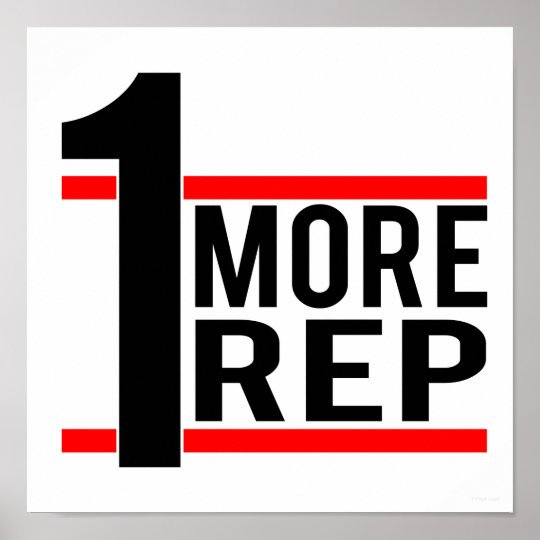

Also in 1963 Lewis played a key role in the historic March on Washington. In 1963 he was elected to replace Chuck McDew as the chairman of SNCC, a position he held until 1966, when he was succeeded by Stokely Carmichael, as the organization took a more-militant direction. In 1961, while participating in the Freedom Rides that challenged the segregation of Southern interstate bus terminals, Lewis was beaten and arrested-experiences he would repeat often. There Lewis undertook the study of nonviolent protest and became involved in sit-ins at lunch counters and other segregated public places. White House meeting of civil rights leaders in 1963 Dissuaded from doing so by his parents, Lewis instead was educated in Nashville at the American Baptist Theological Institute and Fisk University (B.A. As a teenager, however, he was inspired by the courageous defiance of Rosa Parks and Martin Luther King, Jr., to whose attention Lewis came when he indicated his desire to desegregate Troy State College (now Troy University). He attended segregated schools and was encouraged by his parents not to challenge the inequities of the Jim Crow South. Lewis was the son of Alabama sharecroppers.
#ONE MORE REP THE ASCENT FULL#
John Lewis, in full John Robert Lewis, (born February 21, 1940, near Troy, Alabama, U.S.-died July 17, 2020, Atlanta, Georgia), American civil rights leader and politician best known for his chairmanship of the Student Nonviolent Coordinating Committee (SNCC) and for leading the march that was halted by police violence on the Edmund Pettus Bridge in Selma, Alabama, in 1965, a landmark event in the history of the civil rights movement that became known as “Bloody Sunday.”

#ONE MORE REP THE ASCENT HOW TO#




 0 kommentar(er)
0 kommentar(er)
